17th International Conference on Wetland Systems for Water Pollution Control
It is our great pleasure to invite you to the 17th International Conference on Wetland Systems for Water Pollution Control to be held on 6-10 November 2022 in Lyon, France. This conference is part of the IWA Specialist Group “Wetland Systems for Water Pollution Control” conference series, which is a bi-annual conference series that acts as a global forum for discussion and knowledge sharing on the state of the art in scientific and practical development and implementation of natural and constructed wetlands and other nature-based solutions for providing water quality improvement and other co-benefits and ecosystem services. Some of the main conference topics include i) wetlands in urban environments; ii) wetlands for water reuse; iii) wetlands and the circular economy, iv) wetlands for water pollution control, and v) wetland conservation, restoration, and climate change. Other up and coming topics such as wetland intensification, removal of emerging organic contaminants, wetland co-benefits, modelling, and monitoring and remote sensing.
We are delighted to welcome you to Lyon, France. Lyon is a UNESCO World Heritage Site with over 2,000 years of history. Come join us in the gastronomic capital of France, and visit the sites in Old Lyon, which boasts one of Europe’s oldest Renaissance neighbourhoods. During your visit, you will learn more about Grand Lyon and its forward-thinking approach to urban water management, which promotes innovation and collaboration between water managers, institutional partners, city planners, elected officials, and end-users. The local organization team of INRAE and INSA Lyon will introduce you to the latest developments in research an implementation of wetland systems for water pollution control in France.
Location Update
The conference has been moved to Lyon, France. Please visit the updated conference website for more information: www.icws2022.insight-outside.fr
Topics
- Wetlands in Urban Environments: Treatment wetlands and other NBS (e.g., green walls, green roofs, biowales) for urban water management, circular cities
- Wetlands for Water Reuse and Resource Recovery: Treatment wetlands and their roles in circular economy, treatment wetlands for water reuse, treatment wetlands for agronomic resource recovery, wetlands for biomass production, wetlands in the bioeconomy
- Intensified Wetlands: Aerated wetlands, hybrid wetlands, microbial fuel cell wetlands
- Emerging Contaminants: Removal of persistent and emerging organic compounds, microplastics, metals and metalloids compounds including effects on wetlands, biodiversity, and humans
- Wetland Co-benefits and Multifunctionalities: Treatment wetlands and ecosystem services (biodiversity, carbon capture and sequestration), treatment wetlands and social awareness (landscape issues, public participation, education, policy, and planning)
- Wetland Process Understanding and Modelling: New developments in wetland process understanding, microbiology, modelling, biogeochemistry of porous media, fluid flows, multi-phase interactions and reactions
- Wetlands for Water Pollution Control: Wetlands treating agriculture runoff, sludge, industrial wastewater, stormwater, combined sewer overflow, domestic wastewater
- Monitoring and Remote Sensing of Wetlands: Implementation of sensors, real-time monitoring and online process control, data management, remote sensing, and spatial and temporal information
- Wetland Conservation and Restoration: Natural and constructed wetlands for ecosystem conservation and restoration
- Climate Change and Adaptation: Design adaptations and implementation of treatment wetlands in tropical climates, arid climates, cold climates, developing countries and regions
Programme Committee
| Name | Affiliation | Country |
|---|---|---|
Yi Chen |
Chongqing University | China |
Giuseppe Luigi Cirelli |
University of Catania | Italy |
Laura Delgado-González |
INRAE | France |
Gabriela Dotro |
Cranfield University | United Kingdom |
Magdalena Gajewska |
Gdansk University of Technology | Poland |
Günter Langergraber |
BOKU | Austria |
Jaime Lara |
Pontificia Universidad Javeriana | Colombia |
Stevo Lavrnić |
University of Bologna | Serbia |
Wenbo Liu |
Chongqing University | China |
Miguel Martin Monerris |
Polytechnic University of Valencia | Spain |
Bernhard Pucher |
University of Natural Resources and Life Sciences Vienna | Austria |
Alexandros Stefanakis |
Technical University of Crete | Greece |
Otto Stein |
University of Montana | United States Of America |
Jun Zhai |
Chongqing University | China |

